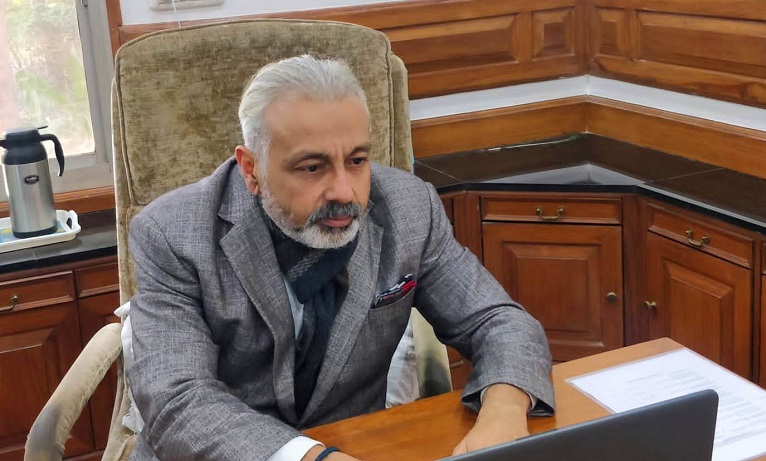Building a Better Future – Eradicating Child Labour
Child labour denies children the right to attend school and perpetuates inter-generational poverty cycles. Despite declining rates of child labour in recent years, children are still used in some severe forms of child labour, such as bonded labour, child soldiers, and trafficking. The persistence of child labour and exploitation poses a threat to the world economy and has serious short and long-term consequences for children, including denial of education and deterioration of physical and mental health.
Anoop Singh Bishnoi, entrepreneur and philanthropist, expressed his concern over the situation by saying, “Child labour and other forms of exploitation can be avoided by implementing integrated strategies that strengthen child protection systems while also addressing poverty and inequity, improving access to and quality of education, and mobilising public support for children’s rights. Teachers and others in the education system can be frontline supporters in the fight to protect children, alerting other stakeholders such as social workers to situations in which children show signs of distress or work long hours. Getting children out of work and into school also necessitates broader policy changes that empower families to choose education over exploitative labour.”
Partnerships between the private and public
sectors are critical for implementing proven solutions at scale. The private
and public sectors should not operate in isolation. Finally, agencies for
children are essential in the fight against child labour. Children have an
exceptional ability to generate complex analyses of their own situations.
Recognizing children’s rights necessitates collective action to ensure that
they are not forced to bear the costs of early engagement with the world of
labour.




Comments
Post a Comment